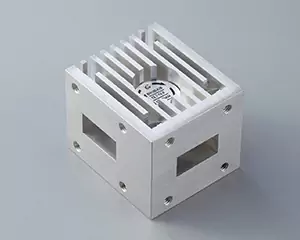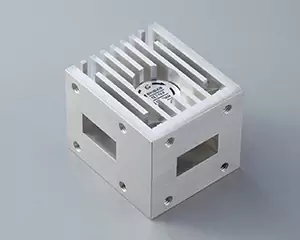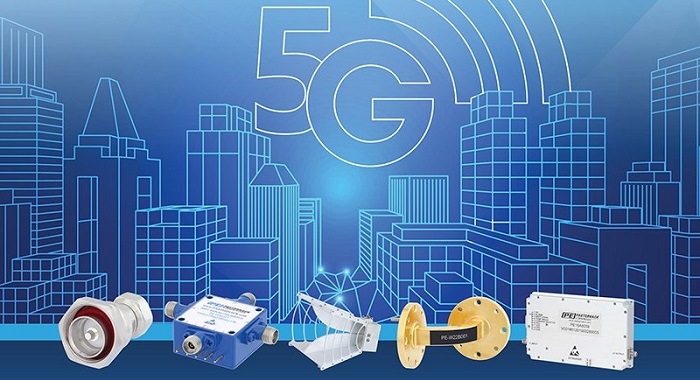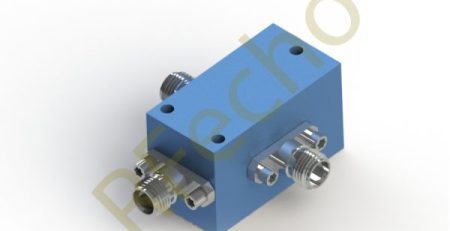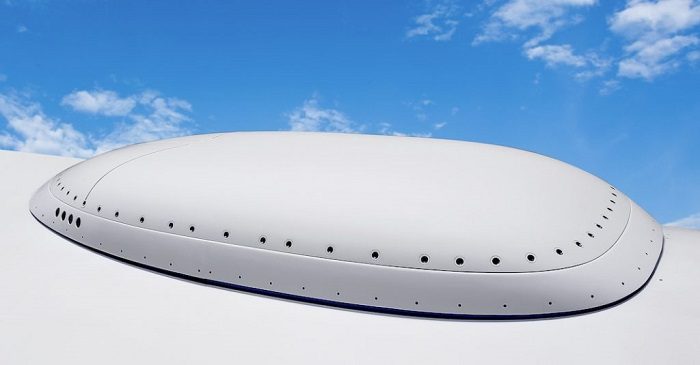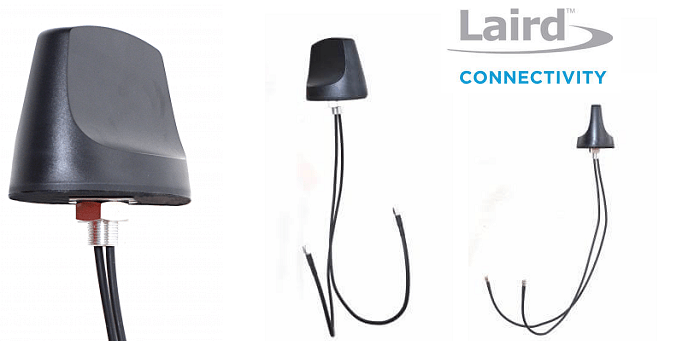How Isolators Work: Exploring Core Principles and Mechanisms
Isolators play a crucial role in various industrial applications by providing a means to control and manage different systems effectively. They serve as barriers that help separate diverse processes or elements within a working environment. As a result, isolators ensure operational efficiency while protecting sensitive components from potential disturbances. Understanding how isolators function is vital for implementing effective control measures in modern industrial applications.
Understanding the Functionality of Isolators
Types of Isolators and Their Uses
There are several types of isolators, each designed for specific applications and environments. Electrical isolators, for instance, are used in power systems to prevent feedback that can lead to system failures. Mechanical isolators focus on reducing vibrations and are widely used in machinery and equipment to prolong service life and improve performance. Moreover, thermal isolators protect against heat transfer, ensuring temperature-sensitive components remain within operational limits. Each type is tailored to meet unique operational demands, making it essential for engineers to select the appropriate isolator based on the specific requirements of their projects.
Importance in Industrial Applications
In industrial settings, the significance of isolators cannot be overstated. They provide essential protections that enhance operational reliability and safety. For example, electrical isolators prevent faults that could lead to equipment damage or catastrophic failures. Moreover, mechanical isolators can minimize maintenance costs by reducing wear and tear on machinery. The implementation of isolators improves product quality and operational efficiency by mitigating risks associated with cross-contamination or interference. This underscores the necessity of isolators in maintaining a harmonious and safe working environment.
Core Principles Underlying Isolator Mechanisms
Physical Separation Techniques
One of the fundamental principles behind isolators is physical separation. By creating a physical barrier, isolators prevent direct contact that could lead to negative interferences. This principle is particularly evident in mechanical isolators, where materials designed to absorb vibrations are strategically placed between machinery components to minimize energy transfer. The effectiveness of physical separation relies on material selection and design, which are crucial for optimizing isolator performance. Thus, understanding how these physical barriers function is essential for engineers looking to improve equipment longevity and workspace safety.
Airflow and Pressure Management
Airflow and pressure management also play vital roles in the functioning of isolators. By controlling the way air moves through a system, isolators can mitigate the transfer of sound and vibration, contributing to a more efficient operational environment. This is particularly crucial in HVAC systems where isolators are used to maintain consistent pressure levels while minimizing airborne disturbances. The manipulation of airflow and pressure is inherently linked to the designs and waste management strategies employed. A well-designed isolator will not only address the isolation requirements but also enhance overall system performance by ensuring effective airflow management.
In this context, RFecho has established itself as a prominent manufacturer in this field. Their WR28 High Power Series Isolator-BH320-25.4B1 exemplifies cutting-edge technology in isolators. Engineered to handle high-power applications, this isolator ensures minimal signal disturbance, making it an invaluable asset in many high-frequency communication systems. Its robust design guarantees operational efficiency while safeguarding sensitive components from external interference. By integrating such advanced isolators, industries can further optimize their operations and maintain superior performance standards.
Specific Mechanisms in Different Isolator Types
Electrical Isolators
Electrical isolators serve an essential role in managing current flow across circuits by ensuring that unintended electrical feedback is minimized or entirely blocked. Their working principle is based on the concept of creating an open circuit at points where separation is required, effectively disrupting the flow of electricity. This open circuit not only protects sensitive components from overloads and short circuits but also isolates different parts of electrical systems to ensure safe operation. Common applications of electrical isolators include substations and power distribution systems where they safeguard against faults and maintain equipment integrity.
By strategically implementing these devices, industries can ensure that electrical systems function efficiently without the risk of cascading failures. Electrical isolators are critical in measuring instruments, preventing erroneous readings caused by cross-coupling of signals. Their reliability under various operational conditions ensures that industries can maintain power quality and operational stability.
Mechanical Isolators
Mechanical isolators are designed to mitigate the transmission of vibrations from one system to another. Vibration isolation systems utilize materials that absorb kinetic energy, preventing the transfer of vibrations from machinery to surrounding structures. This principle is particularly relevant in manufacturing settings where heavy machinery operates, as it reduces the wear and tear on equipment and minimizes the potential for structural damage within buildings.
In addition to their protective functions, mechanical isolators enhance the comfort of personnel operating near vibrating equipment and improve overall workplace safety. The deployment of dampening technologies, including rubber mounts and viscoelastic materials, effectively inhibits vibrations and contributes to the longevity of machinery. This optimization not only extends the service lifespan of mechanical systems but also promotes efficient operation by preserving precision and accuracy in sensitive applications.
Each model tailored for specific environments must consider factors such as frequency response, load capacities, and installation specifics. Industries leveraging mechanical isolators can expect not just energy efficiency but also a significant reduction in noise, contributing to a more conducive work atmosphere.
In summary, comprehending the mechanisms and principles behind isolators is vital for engineers and professionals in the field. By integrating tools like the WR28 High Power Series Isolator-BH320-25.4B1 from RFecho, industries can take advantage of refined technologies that enhance performance while mitigating risks associated with interference and disturbance. The use of such advanced isolators is instrumental in maintaining efficient operations across various high-frequency communication and power applications.
Maintenance and Operational Best Practices
Regular Inspection Protocols
Regular inspection protocols are essential to ensure that isolators function optimally over time. These examinations involve assessing the physical condition of the isolator, including visual checks for any signs of wear, thermal damage, or physical deformation. Regular inspections can help identify issues before they escalate, safeguarding both equipment and personnel. Additionally, documentation of these inspections is crucial for tracking performance trends and ensuring compliance with industry standards.
Key Areas for Routine Checks
When conducting inspections, specific areas should be prioritized to ensure comprehensive evaluations. For electrical isolators, attention needs to be given to connection points, insulation quality, and overall electrical integrity. Mechanical isolators should be checked for signs of fatigue or damage in dampening materials, as these can significantly impact performance. For thermal isolators, monitoring heat transfer efficiency and checking for any physical degradation in insulation materials is critical. Routine checks of these key areas will help industries maintain the reliability and effectiveness of their isolators.
Ensuring Optimal Performance and Safety
Ensuring optimal performance and safety of isolators involves systematic maintenance practices and adherence to operational protocols. Maintenance tasks should be performed by trained personnel who understand the specific requirements of each type of isolator being utilized. This includes not only the physical maintenance aspects but also monitoring the operational parameters to ensure that they are within the operational limits defined by the manufacturers. By following these guidelines, industries can significantly reduce the likelihood of failures that could disrupt operations or compromise safety.
Common Issues and Troubleshooting Tips
Various problems can arise with isolators, impacting their effectiveness and overall system performance. Common issues include insulation failure in electrical isolators, leading to short circuits or electrical faults, and reduced damping performance in mechanical isolators due to material fatigue. Troubleshooting these issues requires diagnostic approaches, such as thermal imaging for electrical components or vibration analysis for mechanical systems. Proactively addressing these common issues through structured maintenance and timely intervention can help extend the lifecycle of isolators and enhance operational continuity.
In this context, integrating high-quality isolators like the WR28 High Power Series Isolator-BH320-25.4B1 from RFecho can also significantly improve performance. This device features advanced engineering that allows it to function effectively in high-power applications, minimizing signal distortion and ensuring the reliable operation of communications systems. By adhering to best practices in monitoring and maintenance while utilizing cutting-edge components, industries can optimize their systems and ensure continued excellence in performance and safety.

